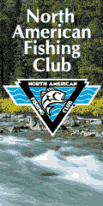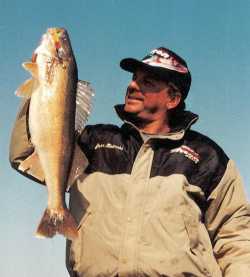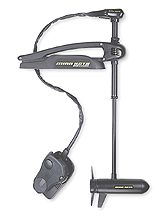
|
|||||
|
Promotional Team Favorites Lodging food and more 
|
By JOHN KOLINSKI of the Year and a 13-time championship qualifier during eight years as a pro angler on the PWT, RCL and Masters Walleye Circuits. His articles can be read in many Midwestern outdoor publications and at several web sites. Kolinski is sponsored by Triton Boats, Mercury Motors, Lowrance Electronics, Normark/Storm Lures, MinnKota, Lindy Legendary Tackle, Flambeau, Tempress Rod Holders, Optima Batteries, Panther Marine, Off-Shore Planer Boards and Berkley Trilene. As long as there are rules, there will be those determined to bend them.
my boat. Not much gets by the X-19 as far as detail, and I can usually tell immediately if a given piece of structure or an area are holding walleyes. If it's a small hump, a rockpile or just a slight pocket or indentation along a breakline, cranking is not the answer. Those smaller spots are better fished with jigs or Lindy rigs and live bait. Where cranking excels is along those long, sand breaks and inside corners that occur in river systems and along sloping points or flats in lakes and reservoirs. These are all among the prime staging areas for November walleyes and ideal locations for trolling cranks. As far as what crankbaits to use, there isn't any rule about that, either. I've been in situations where one boat is catching fish on Shad Raps while another is catching them on Storm Thundersticks. It's all about matching the available forage, and in some bodies of water it's a combination of shad, chubs, perch, smelt, etc. In general, stickbaits tend to work better on larger bodies of water while shad-style baits are the way to go on river systems and some smaller lakes. One clue an angler often receives in November is that many shad are nearing the end of their life cycle and can be seen flipping on the surface. It follows that a Shad Rap is probably the right choice there. Once you've settled on a style of crankbait, the trick becomes finding the most effective way to put your lure in the fish's face and keep it there. In warmer water, a walleye will travel some distance to eat a bait. In clear water, that might be 10-20 feet. In dingier or stained water, that might be 4-6 feet. As the temperatures cool, their metabolism slows and they aren't as willing to chase a lure. It's imperative that we get it where they want it and keep it there as long as possible. There are a number of ways to get crankbaits into the strike zone -- lead-core line, Berkley Fireline, three-way rigs, bottom bouncers, keel sinkers and snap weights. Each has its place.Rivers and lead-core go together like slip bobbers and leeches. When current is present, walleyes tend to hug the bottom. Often, they will tuck in behind the sand dunes created by boat and barge traffic. Lead-core line takes your crankbait to the desired depth and follows the contour. Make sure you have a good set of rod holders, such as Tempress' Fish-On model, because when you snag up with lead-core, nothing gives until you can back off the motor.Lake and reservoir situations often mean changing depths as you follow a sloping point into deep water. That's where three-way rigs and bottom bouncers shine. If you've located walleyes on top of a flat or reef, Fireline can give you enough extra depth to get to the fish and stay there. Sometimes, late fall walleyes hang in the deep water adjacent to structure. When there is consistency in depth, keel weights or snap weights are a good choice.However, in many situations, hungry walleyes are shallow walleyes. They may be scattered along a shoreline or atop a point, but they can still be taken with crankbaits if a bit of stealth is employed.
them where they need to be. Cold weather used to make trolling enthusiasts cranky. Now it just makes them crank E-mail John Kolinski Fish Clix Banner Exchange Please visit these site sponsors |
||||
|---|---|---|---|---|---|

